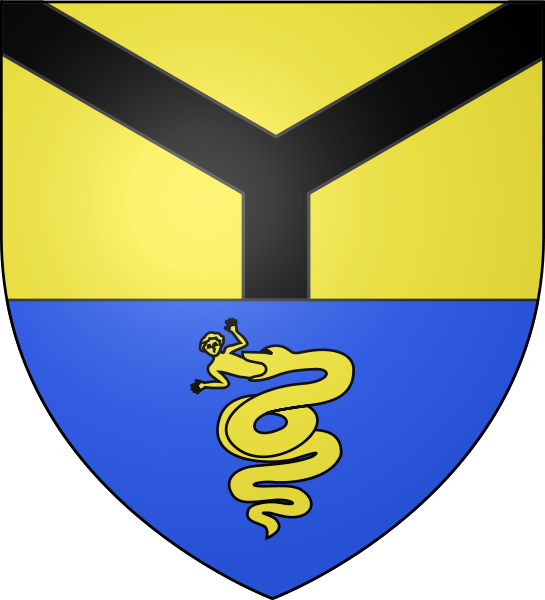|
 Montsalier le Haut - Montsalier, Paca, France
N 44° 01.791 E 005° 36.442
31T E 708941 N 4878492
Le village ancien a été abandonné pour la création d'une nouvelle zone d'habitation, dans la plaine, au XIXe siècle
Waymark Code: WMW7FD
Location: Provence-Alpes-Côte d'Azur, France
Date Posted: 07/20/2017
Views: 2

Reason for Abandonment: Economic

Date Abandoned: 01/01/1750

Related Web Page: [Web Link]

|
Visit Instructions:
Please include a unique picture or two with your log if possible.
Recent Visits/Logs:
| There are no logs for this waymark yet. |
|
|
|
|